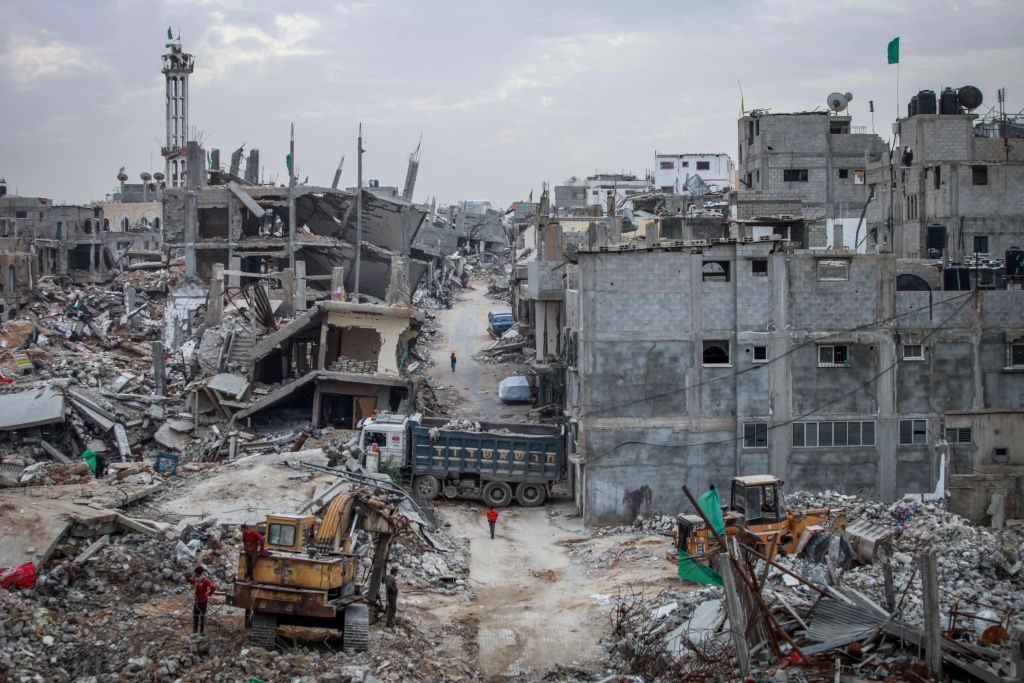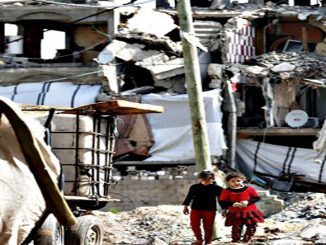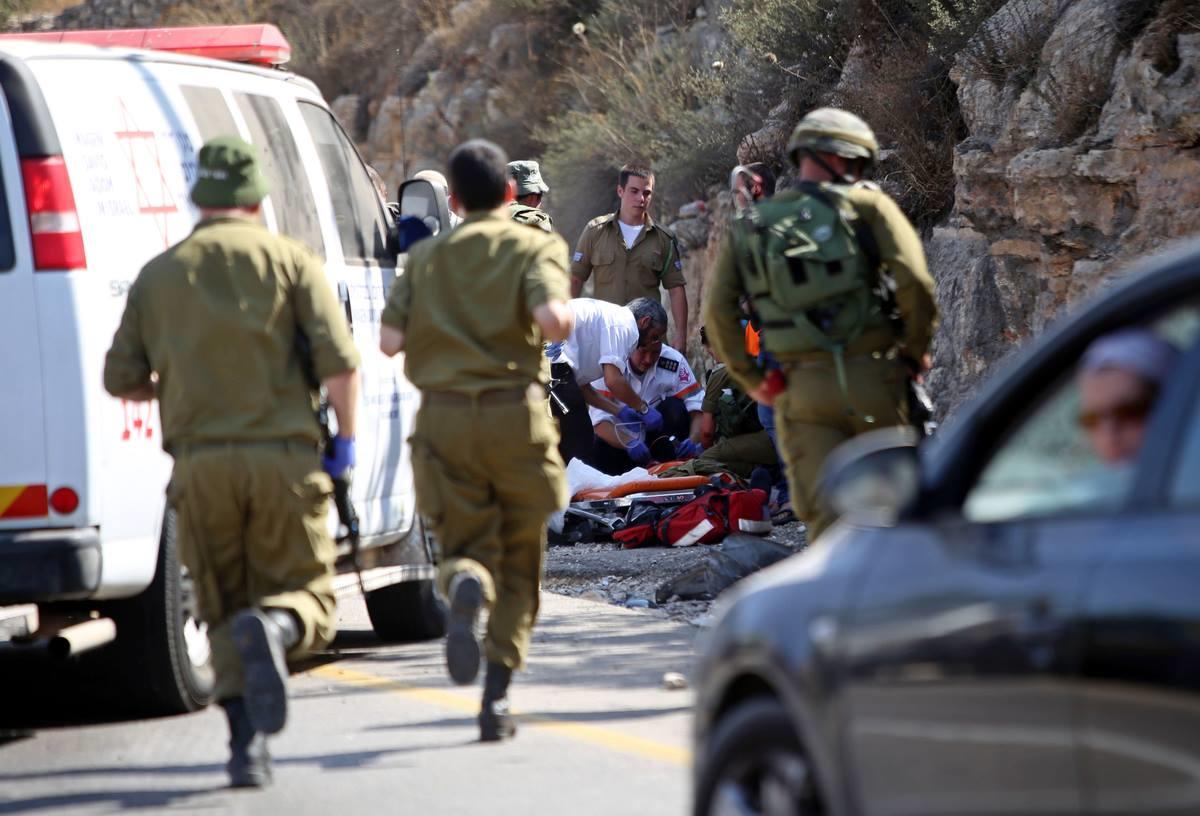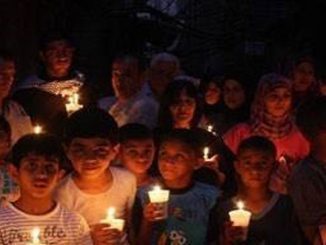
Humanitarian Affairs (OCHA) said, in its annual report titled Fragmented Lives: Humanitarian Overview 2015, that the major drivers of humanitarian vulnerability in Palestine remained unchanged due to Israel’s protracted occupation
It said: “In 2015, the major drivers of humanitarian vulnerability in the oPt remained unchanged and were directly linked to Israel’s protracted occupation, now approaching its 50th year.”
The report said that an estimated 90,000 Palestinians are still displaced in Gaza largely due to Israel’s 2014 aggression. The report also said that the suffering of Gaza population resulting from the 2014 hostilities – with close to 90,000 Palestinians still displaced during the second half of 2015 – was compounded by the Israeli blockade, the almost continuous closure of the Rafah passenger crossing by Egypt, and by internal Palestinian divisions.
Although no major displacement occurred in Gaza in 2015, internally displaced persons (IDPs) in the Gaza Strip continue to suffer from the devastating consequences of the 2014 hostilities between Israel and Palestinian armed groups with an estimated 90,000 people still displaced during the second half of 2015.
The situation continued to be characterized by violations of international humanitarian law by all parties, the systematic denial of Palestinian rights and continuing conflict, punctuated by frequent outbreaks of violence, the group added.
According to OCHA, vulnerability was most acute in Gaza, “where the suffering resulting from the 2014 hostilities – Meanwhile, the report noted that the number of Palestinian structures demolished, or dismantled and confiscated by the Israeli authorities across the West Bank sharply increased in the first four months of 2016, surpassing the figures for all of 2015 (598 vs. 548). Overall, 858 Palestinians, around half of them children (416), were displaced, compared to 787 people in the whole 2015. In the Gaza Strip, the reconstruction and repair of homes destroyed and damaged during the 2014 hostilities continued during the first quarter of 2016. However, “Obstacles on the entry into Gaza of the enormous amounts of construction materials needed for the repair and reconstruction of homes has been a major challenge.”
Israeli settlements, which have been established and expanded in the occupied West Bank, including occupied Jerusalem, in contravention of international law, underlie many of the concerns highlighted in this report and generate the need for assistance and protection measures by humanitarian actors.
The report stated that Palestinian civilians continued to be subjected to threats to their lives, physical safety and liberty from conflict-related violence, and from policies and practices related to the Israeli occupation, including settler violence. While most of 2015 witnessed a relative calm compared to 2014, tension rose in September in occupied Jerusalem, with protests, clashes and violence spreading to the remaining oPt, including to the Access Restricted Areas (ARA) in Gaza in October. Due to the upsurge in violence in the last quarter, 2015 recorded the highest number of casualties among West Bank Palestinians since 2005.
In Gaza, the August 2014 ceasefire has largely held, as reflected in the relatively low number of fatalities although casualties also rose in the final quarter of the year, along with the escalation in the West Bank. At the end of 2015, there were over 6,000 Palestinians held by the Israeli Prison Service on ‘security’ grounds, the highest such figure since 2010.
The number of children among them, 422, was also the highest since August 2008, when this indicator began to be tracked, including six held in administrative detention, without charge. Some 80 percent of the Palestinian children imprisoned were in pre-trial detention, the majority facing stone-throwing charges. These conditions continued to cause a protracted protection crisis with humanitarian consequences, where Palestinians face a range of threats that undermine their ability to live self-sustaining lives and prevent the enjoyment of their rights, including the right to self-determination.
“These conditions continued to cause a protracted protection crisis with humanitarian consequences, where Palestinians face a range of threats that undermine their ability to live self-sustaining lives and prevent the enjoyment of their rights, including the right to self-determination,” the group continued.
“At the end of 2015, 4.8 million Palestinians were estimated to be affected by this situation, with 2.3 million in need of humanitarian assistance, including 1.3 million in Gaza.”



